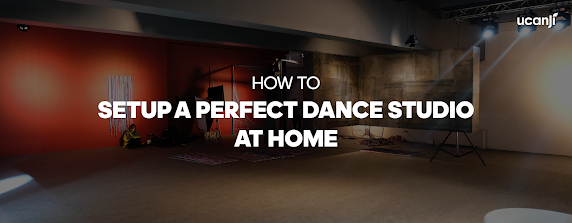Learn Interesting facts about Indian Classical Dance Styles
From expressing emotions to narrating a story, dancing is a way to connect with people. Apart from keeping you fit and healthy, dancing is also a way of celebration, especially in India. Dancing is something that Indians value highly. The classical dance forms reflect the beauty of our cultural heritage. These dance forms connect you to your roots, yet enable you to explore the global horizon of dancing. Indian Classical Dances beautifully represent India’s vibrant culture through music, costumes, and jewellery. These dances add the flavour of tradition along with regional beauty.
The foundation of each classical dance is built upon layers of historic culture, art, politics, and revolution & reforms. We bring you the glimpses of classical history of India. Explore the beauty of Indian Classical Dances with our online dance classes. But first, let’s glance down at some interesting facts about these Classical Dance forms.
Bharatanatyam Dance
The name
Bharatanatyam is derived from two words, ‘Bharata’ and ‘Natyam’, which denote
dance that melodiously, expresses bhaavam, ragam, and talam. This beautiful
classical dance is a blend of emotions, rhythm, and expressions. The beauty of
Bharatanatyam is that it includes all the traditional aspects that beautify a
dance – postures, facial expressions, and narrative dancing. The origin of this
dance form can be traced back to the 2000-year-old Devdasi tradition in the
temples of South India. Our online Bharatanatyam
Dance Classes will take you on a heritage voyage of India’s rich
tradition.
Kuchipudi Dance
Another graceful
classical dance form of India is Kuchipudi which is a delightful blend of dance
and drama. The musical instruments used in Kuchipudi Dance are the ones
associated with Carnatic music, which are the Mridangam, Saraswati Veena, the
Manjira, Sarpeti, Tanpura, Violin, and Kanjira. Dedicated learning of seven to
ten years is required to master this dance drama. The movements in Kuchipudi
Dance are faster than any other classical dance.
Kathak Dance
Kathak is the artistic narration of story-telling. The beauty of Kathak Dance is that it’s a graceful blend of facial expressions, rapid footwork, and poised movements. The beauty of learning Kathak Dance is that you get to explore the swift pirouettes, unique rhythmic movement, and poetic lyrical expression. There are dozens of classical instruments that are used for a Kathak performance. For instance, the use of Tabla harmonises with the rhythmic foot movements of the dancer and also creates a beautiful jugalbandi. Manjira, harmonium, and sarangi are some of the musical instruments that are used in Kathak Dancing. This oldest and greatest dance form of India is preserved and cultivated through generations in history. Our online dance class offers three levels of courses – beginners, intermediate and advanced. Kathak is probably the only dance form that can be started at any juncture of life. The more mature you get, the more poised your steps will be.
Kathakali Dance
The dance drama from the state of Kerala is also a tale narration that is communicated to the audience through intricate footwork and impressive facial gestures and hand movements. The artistic dance performance is complemented by music and vocal performance. The vivid makeup, unique face masks, and heavy costumes are the highlights of Kathakali Dance. This age-old art performance traditionally starts at dusk and is performed through dawn, and sometimes even for several nights. Music plays a significant role in Kathakali Dance in setting the mood for different scenes. Even the voice artists modulate their voices to match the mood and express the temperament of the character.
Sattriya Dance
Sattriya is a
classical dance form from Assam, which beautifully symbolises the expression of
devotion. What’s unique about this dance form is that it involves dramatic
acting (abhinaya) along with dancing. Unlike the other classical dances, the
Sattriya Dance has been left untouched and therefore, has been the same since
its birth. This classical dance form
is usually based primarily on the stories of Krishna-Radha relations, or sometimes
on the stories of Ram-Sita. Originally, the Sattriya dance was performed only
by Bhokots (male monks) as part of their rituals or to mark special festivals
and events. Today, Sattriya is also performed on stage by men and women, based
on themes that are not just mythological.
India is a land of
cultural beauty and traditional richness. The country's artistic history can be
witnessed in these classical and folk dances of India. Dive into the beauty of
these beautiful dance forms and learn to embrace the graces of these Classical
dance forms. Our online dance classes will let you
explore the world of classical dances and their beauty.




Comments
Post a Comment